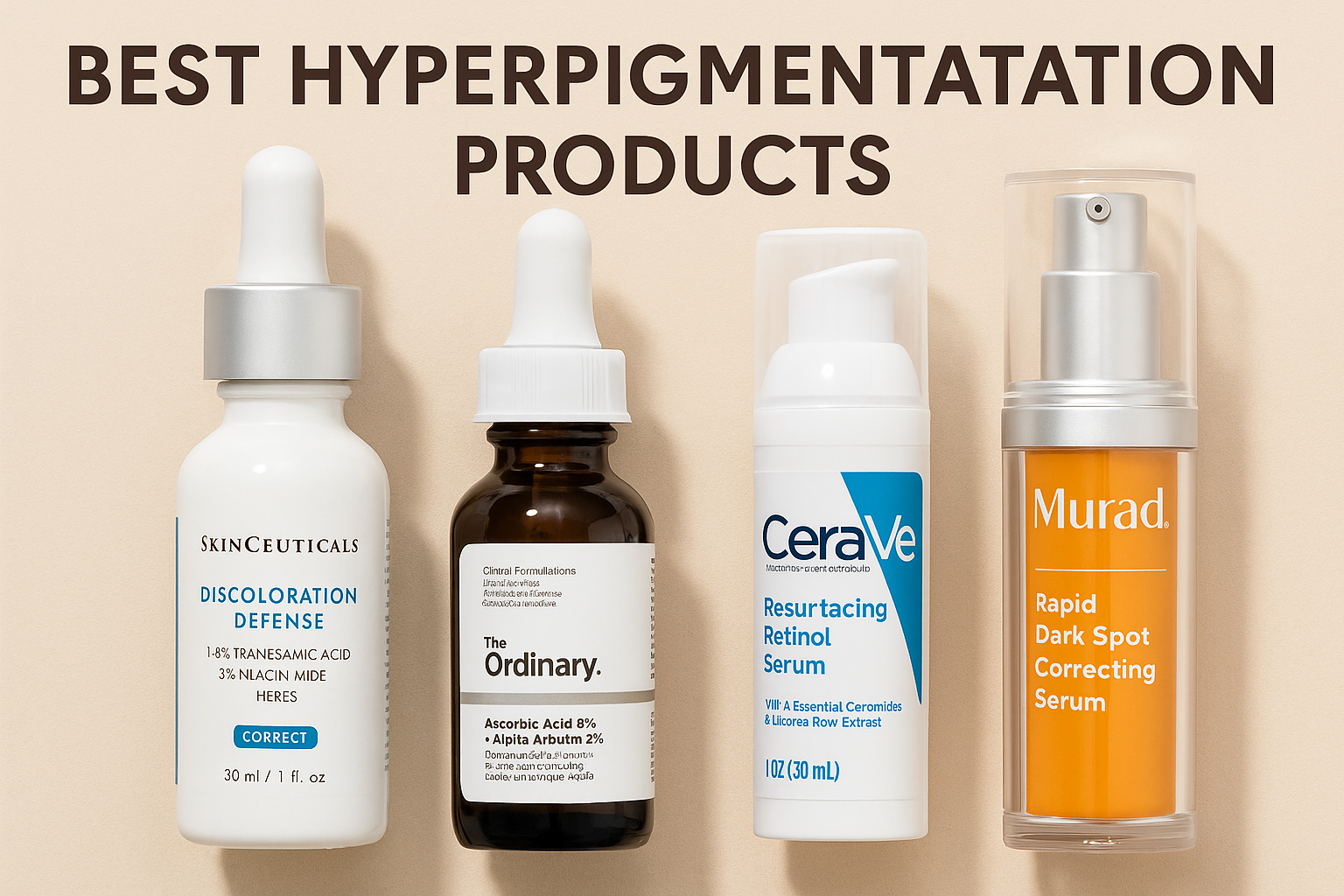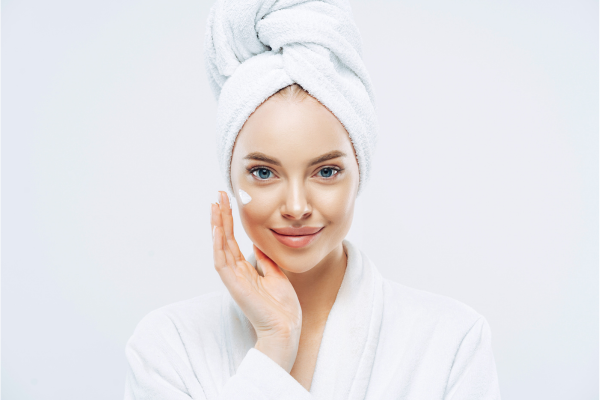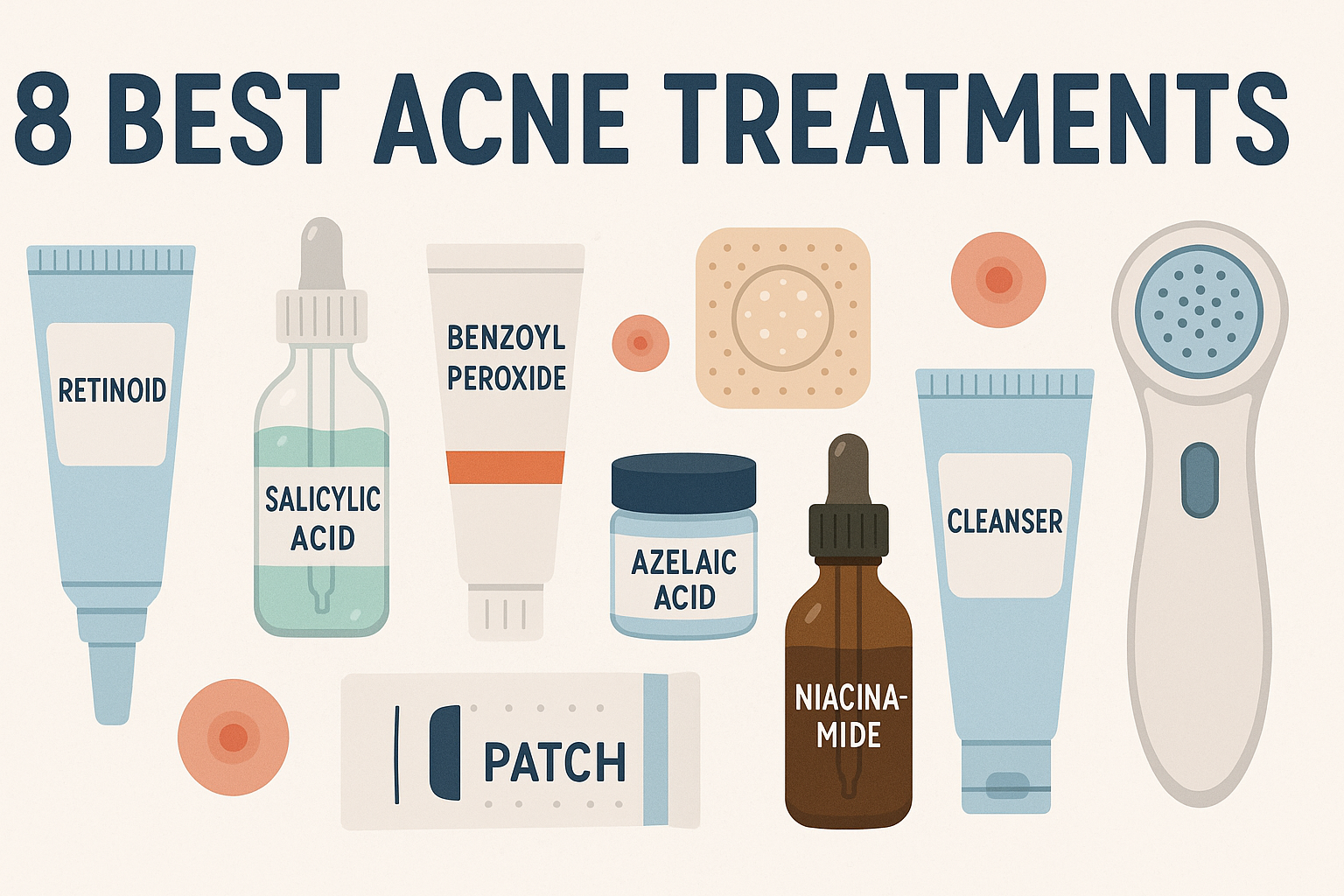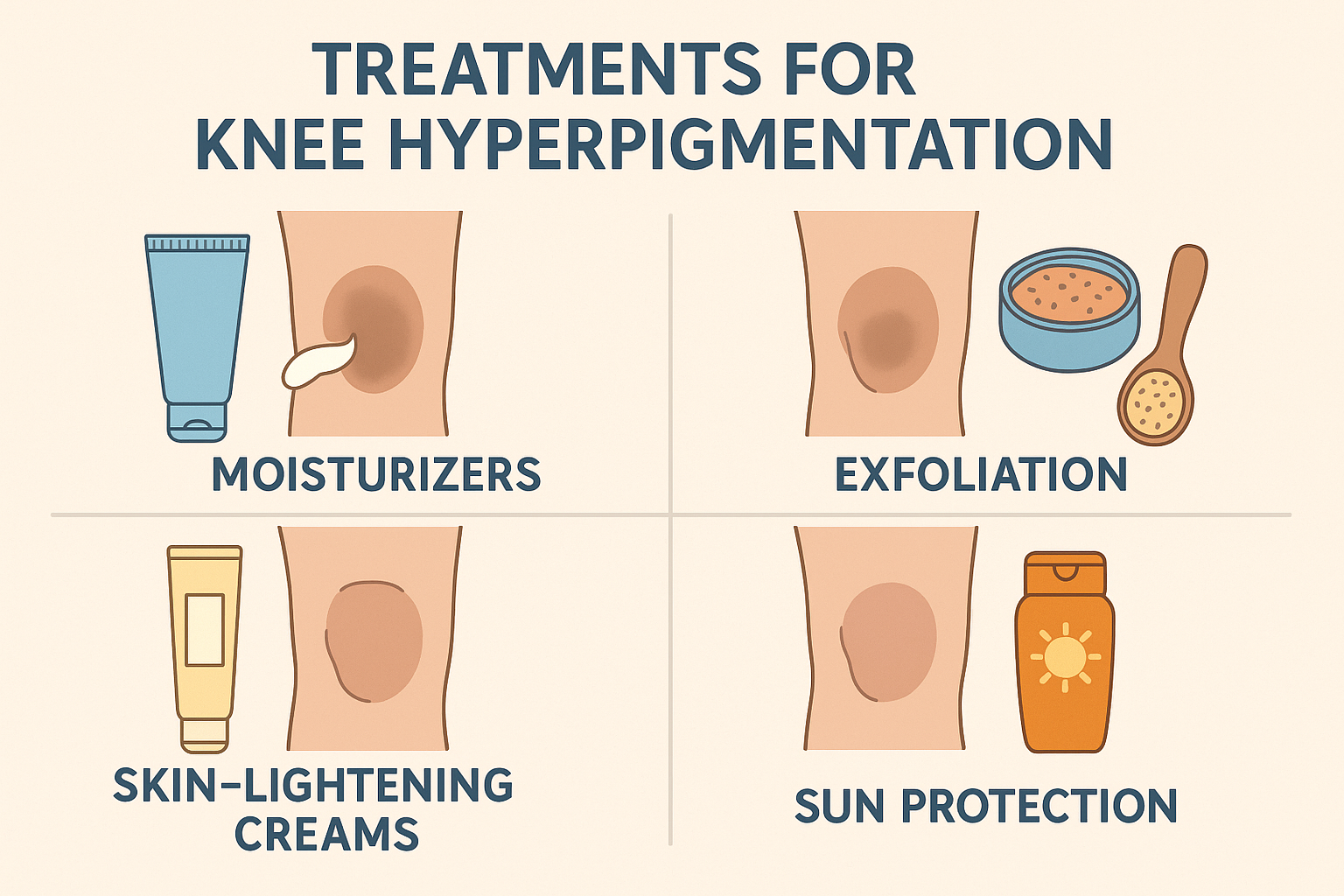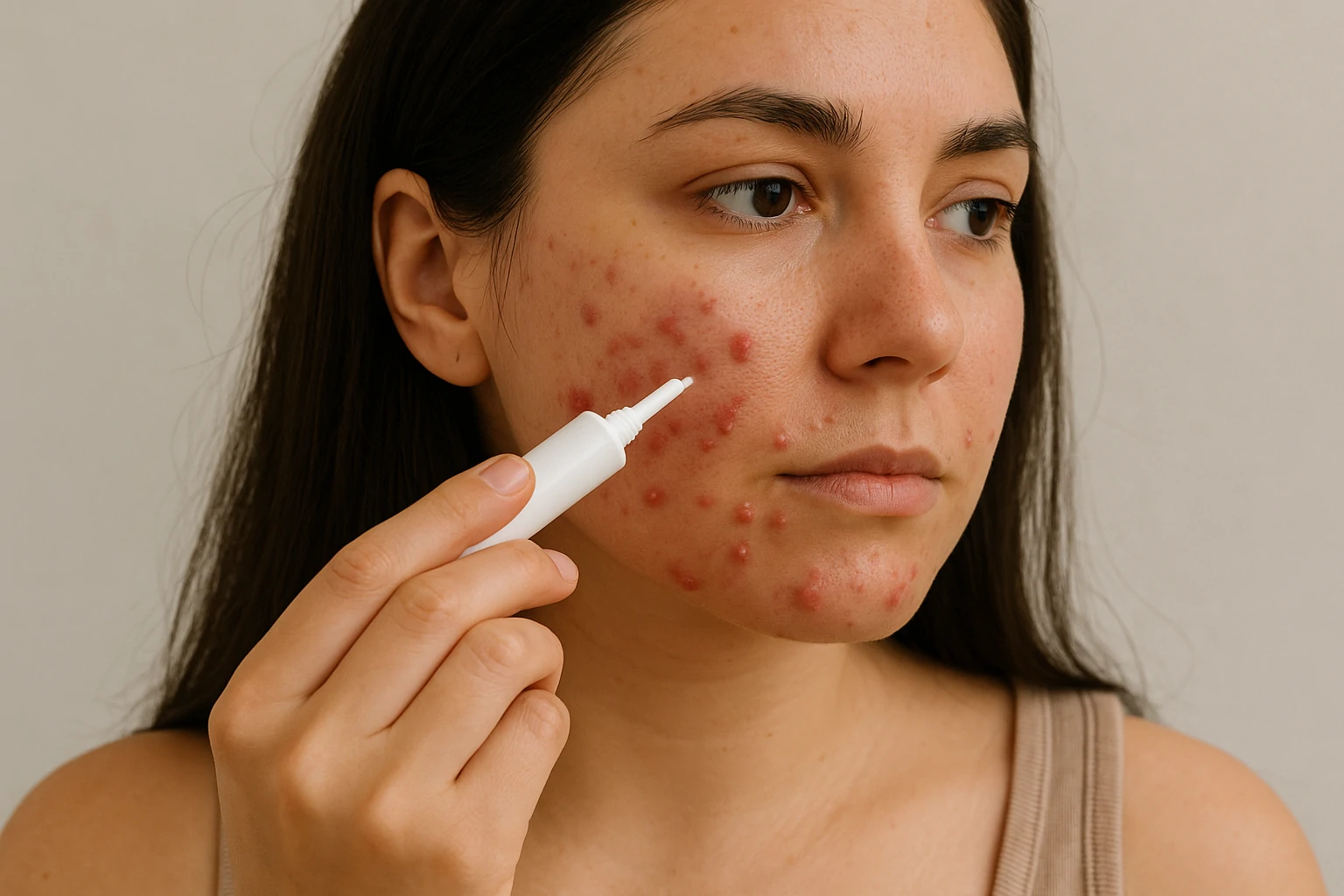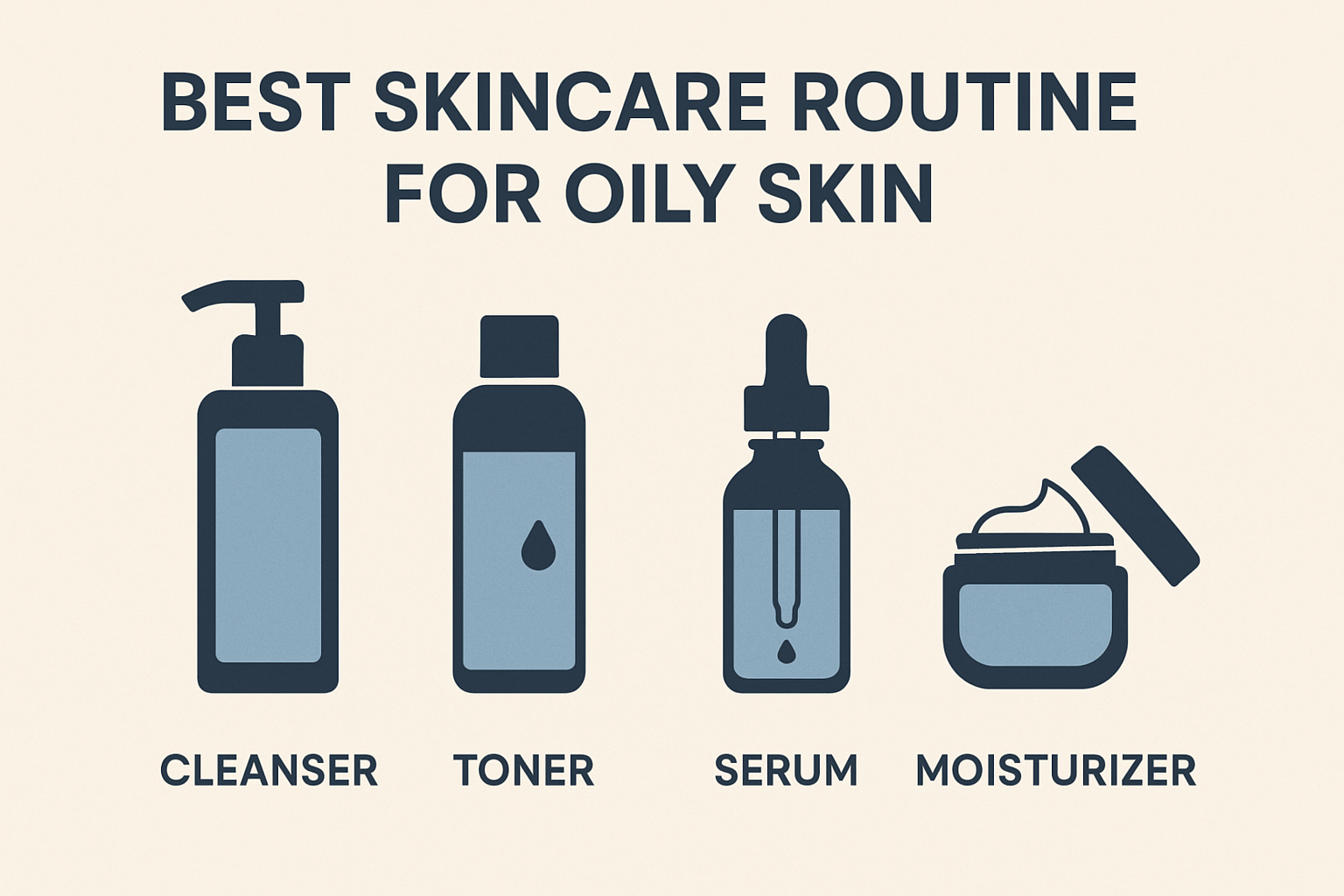Cheek Acne: Causes and Dermatologist-Approved Treatments

Cheek acne often stems from daily habits we rarely question. While clogged pores from oil, dead skin cells, and bacteria are the root cause, breakouts on your cheeks can reveal specific behavioral triggers. According to dermatologists, this area is frequently exposed to germs from hands, phones, and pillowcases.
Common cheek acne triggers include:
- Touching your face without washing your hands
- Using a dirty phone
- Unwashed makeup tools
- Genetics and family history of acne
Dr. Shari Marchbein, a board-certified dermatologist, highlights that cleanliness plays a major role. Regularly cleaning items that touch your face helps prevent inflammation. Washing your face twice daily and using non-comedogenic products also supports clear skin.
Derm-recommended ingredients like salicylic acid and benzoyl peroxide are clinically effective for mild to moderate acne. These can unclog pores, reduce inflammation, and prevent future breakouts when used consistently.
What Is Cheek Acne?
Cheek acne refers to breakouts that occur along the sides of your face—stretching from beneath your eyes down to your jawline and ears.[1Cleveland Clinic: What It Means When Acne Is on Certain Areas of Your Face.] This area is highly exposed to environmental impurities, oil buildup, and bacteria, all of which can inflame your pores and lead to visible acne.
Unlike the oilier T-zone, the cheeks are more prone to irritation from physical contact and external elements. Recognizing where your acne appears can help you identify and address the root causes more effectively.
What Does Cheek Acne Look Like?
Cheek acne often presents as more inflamed than acne in other areas. Dermatologist Dr. Whitney Bowe explains that these breakouts tend to appear as papules, pustules, nodules, or even cystic acne—red, swollen, and sometimes painful bumps under the skin.
In contrast to the nose or forehead, which often have blackheads and whiteheads, cheek acne is typically inflammatory. These deeper, redder blemishes signal irritation caused by external factors rather than clogged pores alone.
What Causes Cheek Acne?
Cheek acne is usually linked to external triggers rather than internal ones like hormones. While everyone’s skin is different, habits involving physical contact and hygiene are frequent culprits.
Dermatologists often point to factors such as:
- Touching your face
- Using dirty phones
- Rarely cleaning pillowcases or makeup brushes
Compared to oilier zones like the forehead, cheeks are more sensitive to friction and bacterial transfer. If you have breakouts mainly on your cheeks, consider evaluating your skincare routine, sleep hygiene, and how often your skin touches contaminated surfaces.
1. Touching Your Face
Your hands collect bacteria throughout the day—from doorknobs to keyboards—and touching your face transfers these germs directly to your skin. According to Dr. Sandra Lee (aka Dr. Pimple Popper), face-touching can clog pores with dirt, oil, and allergens, triggering breakouts.
Avoid resting your face on your hands or frequently rubbing your cheeks. Practicing hand hygiene and being conscious of this habit can dramatically reduce the risk of cheek acne.
2. Talking on the Phone
Your smartphone may look clean, but it’s a hotspot for bacteria. When you press your phone against your face, you transfer germs, oil, and dirt to your cheek. Dermatologists warn that this can easily block pores and lead to breakouts.
Wipe your phone screen daily with an alcohol-based cleaner, or use earbuds for calls to minimize skin contact. Small adjustments like these can make a big difference in keeping your cheeks breakout-free.
3. Dirty Pillowcases
Even if your face is clean before bed, your pillowcase might not be. It absorbs sweat, oil, dust, and bacteria night after night. According to the American Academy of Dermatology, sleeping on a dirty pillowcase can reintroduce these impurities into your pores, increasing the risk of inflammation and acne.
To help prevent cheek acne, change your pillowcase at least once a week. Use breathable, gentle fabrics like cotton or silk to minimize friction and irritation.
4. Makeup and Makeup Brushes
Makeup products—especially those with alcohol or synthetic fragrance—can irritate sensitive skin. But the tools you use matter just as much. Dermatologist Dr. Marisa Garshick emphasizes that unwashed brushes are a major source of bacteria and oil buildup.
To avoid cheek breakouts, choose non-comedogenic makeup and clean your brushes weekly with a gentle cleanser. This simple habit can dramatically reduce clogged pores and skin flare-ups caused by makeup.
5. Wrong Skincare Routine Can Trigger Breakouts
Skincare should protect your skin—not harm it. However, using the wrong products or overdoing your routine can cause more harm than good. Dermatologist Dr. Hadley King warns that over-cleansing or using harsh ingredients can strip away the skin’s natural barrier, leading to dryness, irritation, and breakouts.
Allergic reactions to skincare ingredients like fragrance or certain preservatives can also spark inflammation. That’s why it’s crucial to choose products that match your skin type and avoid unnecessary layering. Stick to gentle, non-comedogenic formulas and avoid “trial-and-error” overuse, which may do more damage than good.
6. Genetics
Sometimes, acne runs in the family. If your parents struggled with acne, you might be genetically predisposed to it. Dermatologists note that genetic acne often appears as chronic inflammation and doesn’t follow a clear pattern—it can affect various parts of the face, not just the cheeks.
Unlike breakouts from lifestyle habits, genetic acne may persist despite good hygiene. Although it’s difficult to tell the difference visually, professional evaluation is essential for proper treatment. If your acne feels resistant to skincare changes, consult a dermatologist to uncover the underlying cause and personalized solutions.
7. Hormonal Changes
Hormonal fluctuations are a common trigger—especially around menstruation, during pregnancy, or due to medical conditions like PCOS. This type of acne is often deep, painful, and located along the jawline and cheeks.
Dermatologist Dr. Elyse Love explains that excess sebum production driven by hormonal imbalance can clog pores and fuel breakouts. If over-the-counter products don’t help, a dermatologist can assess whether your acne is hormonal—or possibly a different condition like rosacea, folliculitis, or acne mechanica. Getting the right diagnosis leads to faster, more targeted results.
How to Prevent Cheek Acne
The good news? If your cheek acne is lifestyle-related, it’s preventable. Simple habits can make a big difference.
Start with hygiene: change your pillowcase weekly, clean your makeup brushes, and avoid touching your face. A balanced skincare routine is key—don’t overdo it. In the evening, use a gentle exfoliating cleanser with AHAs or BHAs (like glycolic or salicylic acid) to keep pores clear. Expert-approved options include Skinceuticals LHA Cleanser and Holifrog Shasta AHA Wash.
Even oily skin needs moisture. Choose an oil-free, non-comedogenic moisturizer to maintain hydration without clogging pores. A dermatologist favorite is La Roche-Posay Toleriane Ultra, known for its lightweight formula and suitability for sensitive skin.
Consistency is everything—keep it simple, stay clean, and give your skin time to respond.
How to Treat It
If your cheek acne doesn’t improve with over-the-counter products, it’s time to seek professional help. A dermatologist can identify the exact cause and recommend personalized treatment.
Effective clinical options may include:
- Topical creams like retinoids or benzoyl peroxide
- Antibiotics (topical or oral) for bacterial inflammation
- Hormonal therapy, especially for women with imbalances
- In-office treatments like chemical peels or LED light therapy
Each treatment targets acne differently. Consulting a skin expert ensures you’re not wasting time—or worsening the problem—with mismatched products.
1. Benzoyl Peroxide
Benzoyl peroxide is a tried-and-true acne-fighter that kills acne-causing bacteria and reduces excess oil. It’s particularly effective for mild to moderate inflammatory acne. Dermatologists often recommend it as a first-line treatment due to its antibacterial and anti-inflammatory properties.
One top-rated product is La Roche-Posay Effaclar Duo, which combines benzoyl peroxide with soothing ingredients to treat active breakouts without excessive dryness.
2. Salicylic Acid
Salicylic acid is an oil-soluble beta hydroxy acid (BHA) that penetrates deep into pores to dissolve oil, dead skin, and debris. It’s a favorite among skincare professionals for preventing clogged pores and reducing redness.
A standout product is Paula’s Choice 2% BHA Liquid Exfoliant, highly praised for its effectiveness in smoothing skin texture and minimizing breakouts. It’s gentle enough for regular use and suitable for most skin types, especially oily or acne-prone skin.
3. Retinoids
Retinoids, derived from vitamin A, accelerate cell turnover, unclog pores, and balance oil production. They’re particularly helpful for stubborn, inflamed acne. Prescription-strength options like tretinoin are highly effective, though mild irritation is common initially.
If visiting a clinic isn’t feasible, services like Curology and Dermatica offer customizable retinoid formulas delivered to your door. These online dermatology platforms make clinical-grade acne care more accessible, especially for beginners.
4. Antibiotics
Antibiotics are commonly prescribed for moderate to severe inflammatory acne, especially when topical treatments alone aren’t enough. These medications help reduce acne-causing bacteria (C. acnes) and calm skin inflammation.
Available in both topical and oral forms, antibiotics like clindamycin (topical) or doxycycline (oral) can be effective. However, prolonged use without medical supervision can lead to antibiotic resistance. Dermatologists stress the importance of using them under professional guidance, often in combination with other acne treatments like benzoyl peroxide or retinoids to maintain long-term results.
Conclusion
Cheek acne is typically inflammatory and appears along the side of the face—from beneath the eyes to near the ears. It’s triggered by a range of factors: hormonal imbalances, genetic predisposition, touching the face, dirty phone screens, improper skincare routines, and unclean pillowcases or makeup tools.
The good news? With the right strategy, cheek acne can be treated and prevented. A combination of topical treatments, prescription medications, and lifestyle changes often leads to significant improvement.
For the best results, consult a board-certified dermatologist to identify the underlying cause of your acne and create a personalized plan. Clear skin is a journey—and it starts with understanding your skin better, one step at a time.






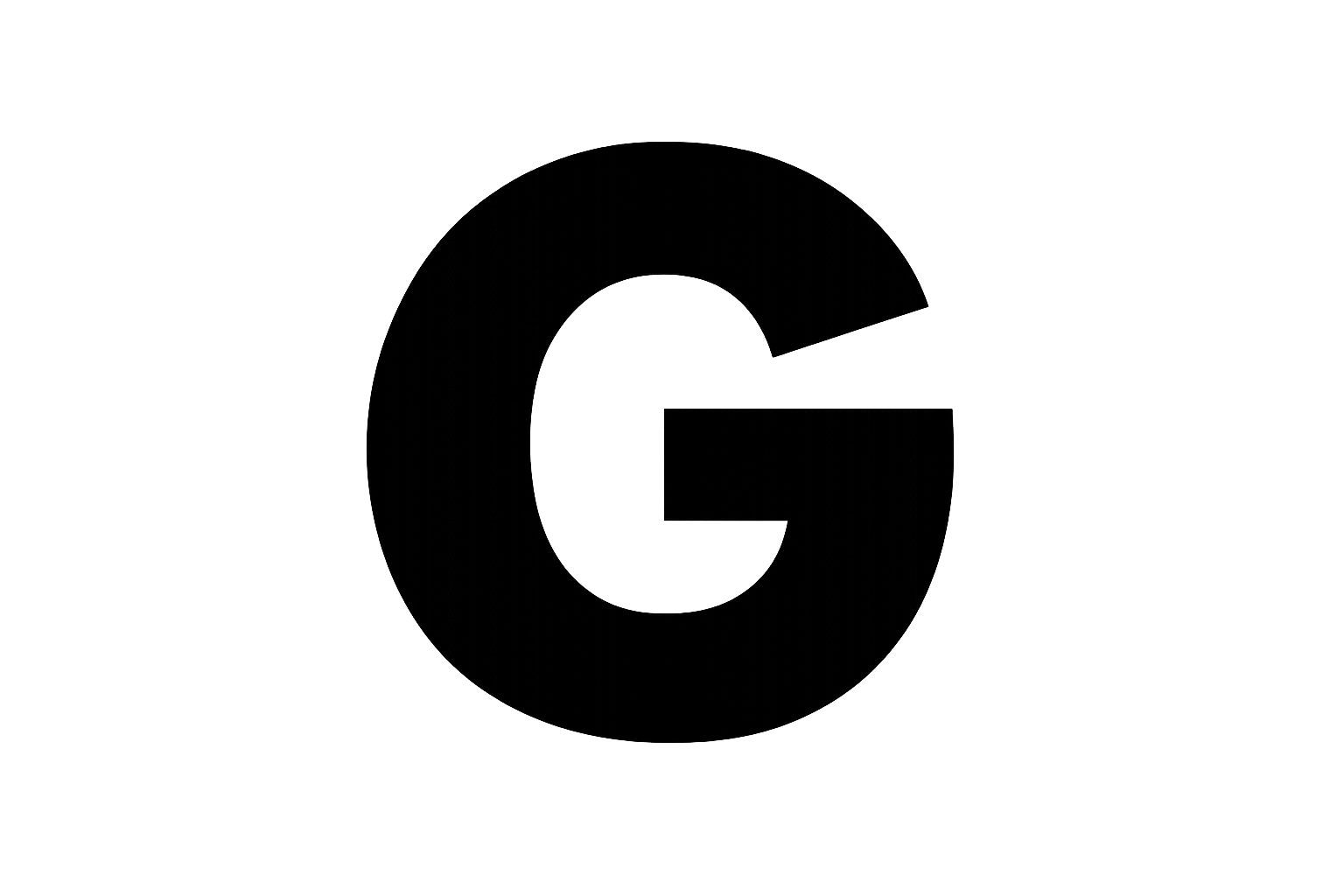 Acne
Acne Anti-Aging
Anti-Aging Business
Business Digital Marketing
Digital Marketing Economics
Economics Movies
Movies Personal Finance
Personal Finance Websites
Websites
